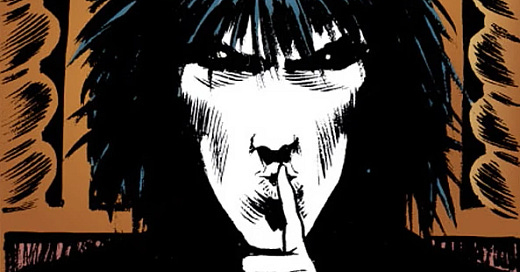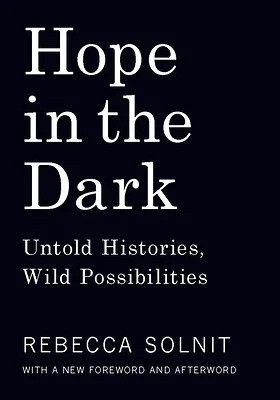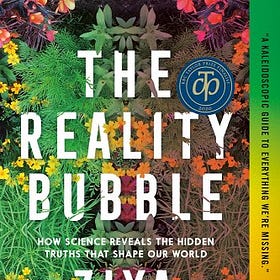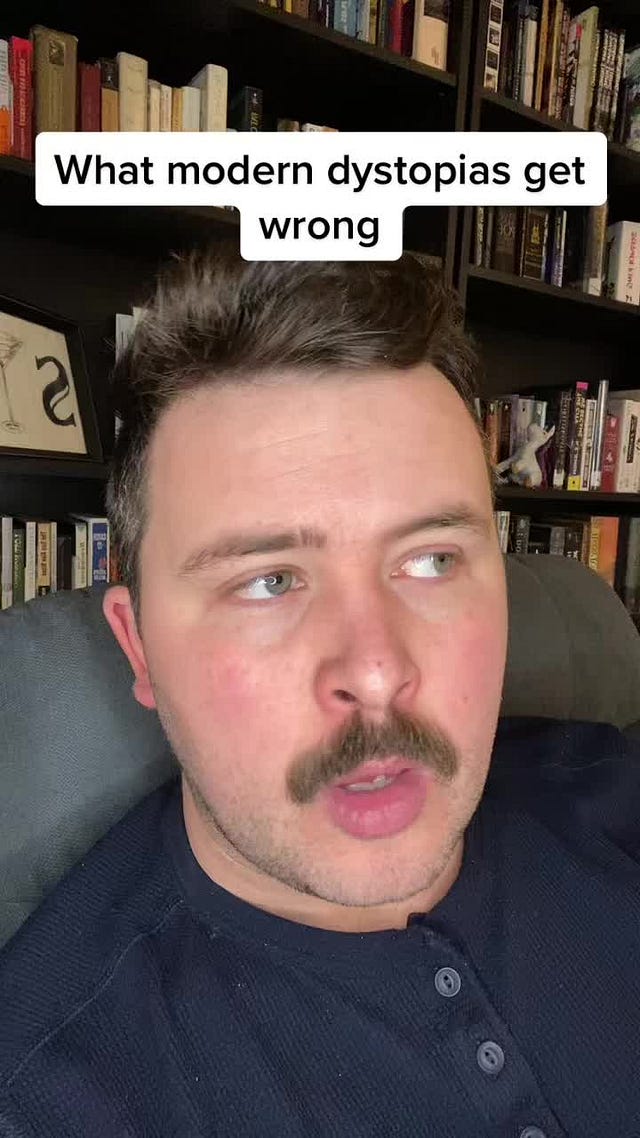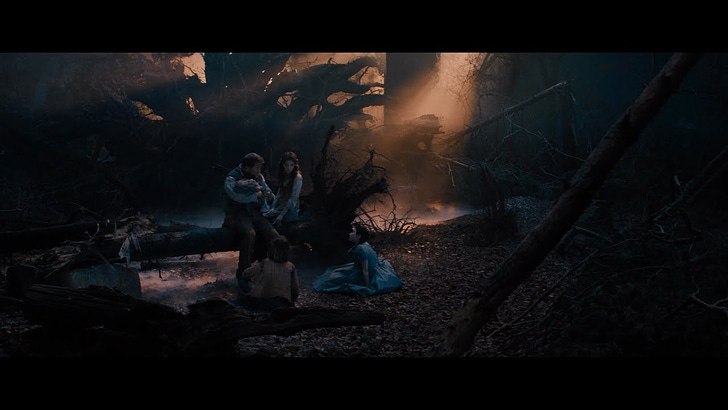How do you survive the death of a dream?
When we lose our religion, our worldview, our philosophy, or our dreams, we can easily fall into comforting lies or nihilistic despair.
If I could have dinner with one fictional character, there is a pretty good chance I’d choose Neil Gaiman’s Morpheus, a.k.a. The Sandman, Lord of the Dreamworld. This is not so much because I’m taken with the fictional universe which he inhabits (though I am), but because as a journalist who is interested in things like dreams and imagination, I am annoyed by my lack of access to the statistic-keeping bureaucracies of our collective unconscious.
Specifically, I’d want to ask him: What are the numbers on the American Dream1? How badly have its numbers been dropping over the past 20 years? Which demographics still believe in it? Are they primarily white, male, Republican? Or is it still a dream of immigrants? F. Scott Fitzgerald pronounced the American Dream dead in 1925, Hunter S. Thompson did the same in 1972: what, in Morpheus’s professional opinion, gave the dream such resurrectory powers? Or is that a property of all dreams?
I am pretty sure Lord Dream would hate our dinner. But I need to know: a dying dream is a big deal even on an individual level. In America, where basically all that unites us is our collective belief in the brutal fiction we call “The American Dream,” the consequences of that dream’s death may well be catastrophic.
And it’s been a rough 20 years for the bright, shining city on the hill2. The 2007 economic collapse, the demoralizing forever wars, the election of a literal fascist to the Presidency and the attendant decline in democratic mores and respect for human rights, the rise of powerful racial justice movements that question the very history the Dream is based upon, the Walls built by both Republicans and Democrats to keep out the huddled masses, yearning to breathe free — it’s a shock there’s still anyone who believes in the American Dream.
In 1952, Langston Hughes wrote his famous poem “Harlem” about the Black experience in America — I suspect its words ring true to plenty of people outside that community as well.
“Harlem” by Langston Hughes
What happens to a dream deferred?
Does it dry up
like a raisin in the sun?
Or fester like a sore—
And then run?
Does it stink like rotten meat?
Or crust and sugar over—
like a syrupy sweet?
Maybe it just sags
like a heavy load.
Or does it explode?There’s a good argument to be made that the American Dream has always been a fiction, that its professed egalitarianism has never been available to women, Black Americans, people of color, or the indigenous people who were murdered en masse to make room for the city on the hill. But it’s a problem when dreams collapse — something else needs to built from the rubble, and in spite of the American Dream’s many flaws, there are far darker visions of the future waiting in line to take its place.
Ideological collapse
Leaving behind a destructive ideology is potentially the best thing a person can do in their life — but it’s also intensely traumatic. And it is happening to a lot of people in the country at the moment.
Just take religion: In 1972, roughly 90% of Americans identified as Christian. In 2020, the Pew Research Center found, that number had dropped to 64%. In the same time, the number of Americans identifying their religious affiliation as “none” rose from 5% to 30%. If current trends hold, by 2070, Christians could be a minority in the United States, while “nones” could be a majority.
While as an agnostic atheist, I am happy to see people leaving conservative, destructive institutions like the Catholic Church, I also know from experience: religious transitions are hard. When you do it, you lose community, you lose comfort, you lose an afterlife, you lose an understanding of the cosmos, you lose the basic structures that have been giving your life meaning.
And that’s just religion. A lot of people aren’t just losing their religion, they’re losing their belief in an economic system, a political order, and in basic moral principles. They’re losing their belief in a future in which we don’t backslide towards fascism, in which we keep our planet livable, in which things actually improve. All of this combined is devastating.
When the ideologies upon which we build our lives collapse, it’s easy for us to fall into one of two alternatives: first, we can seek the comforts of fundamentalism, whether that’s religious or political, and second, we can fall into nihilism, where nothing matters and everything is pointless.
Neither one is productive. But the work of building something new is an immense task; the work of a lifetime. And how are you supposed to do that work when everything is just so fucking bleak all of the time?
Hope in the Dark
For the next four weeks, we’ll be exploring a new theme on Better Strangers: “Hope in the Dark.” The title is cribbed from Rebecca Solnit’s seminal book, first published in the aftermath of George W. Bush’s re-election in 2004, and re-released every few years when something else terrible happens.
It is a history of the people who fought against totalitarian or imperialist forces with no real hope that their actions would ever amount to anything. How did those people — people like Vaclav Havel, Nelson Mandela, Mahatma Gandhi — manage to find meaning in what they were doing even while it seemed hopeless?
Solnit’s book has had a lasting impact on me — in the middle of the dark Trump years, it showed me that people fought on in far worse situations than mine. Since then, I’ve written extensively on this idea. The first thing I did that got me any attention on TikTok was a series I called “The Anti-Despair Reading List,” which was based on an article I’d written on my former blog (article and first video in the playlist linked below. Also, I’ve compiled my current list on Bookshop.org).
An anti-despair reading list
A few years back, during the Trump years, I discovered that I desperately needed to stop reading bleak, dystopian books about the horrors of human nature. So I began reading books that pushed back a bit against all of the terrible things I was hearing about the world.
I’ve also written quite a bit about having kids in such dark times, and my questions about whether becoming a parent was the right move.
Raising kids during the apocalypse
My wife and I were able to give my son the childhood he deserved for five weeks. During those five weeks, he was the sweetest, quietest, happiest baby in the world. Then COVID hit and we lost all of our support — we had a newborn and a toddler in a two bedroom apartment that we weren’t supposed to leave. At this moment, just as work and daycare shut down…
On the morality of having kids in bleak times
In 2014, just before I got engaged to my wife, we watched the first season of the show True Detective, and I was completely taken by Matthew McConaughey’s character Rustin Cohle. Cohle is a pessimist — not a half-assed Eeyore pessimist who just looks at the glass half empty, but a
This month, I want to focus more specifically on the battle against nihilism, and the attempt to build a worldview in which we can be rational, thoughtful creatures who understand the predicament humanity is currently in, but also get to experience things like wonder and joy.
To that end, I’ll be providing a guide for how to claw your way out of nihilism next week, an interview with an expert who helps people transition through the “dark night of the soul” the week after that, and, of course, a short story on the topic to paid subscribers at the end of the four weeks.
As always, I’d love to hear comments on what people hope to hear during this run of articles!
For my non-American readers: The American Dream is the core philosophical myth underlying the United States’ capitalist economy and liberal democracy. It argues that in the United States, anyone who works hard enough can make a life for themselves in the “land of the free and home of the brave.”
The “City on a Hill” rhetoric, derived from a Biblical parable, was a core piece of rhetoric in Ronald Reagan’s Presidency, during which he actively undermined many of the policies and institutions that had made America an egalitarian place in any sense.

